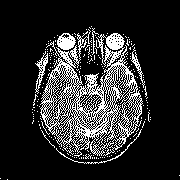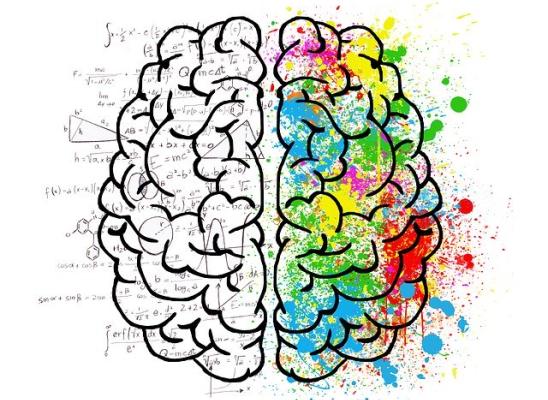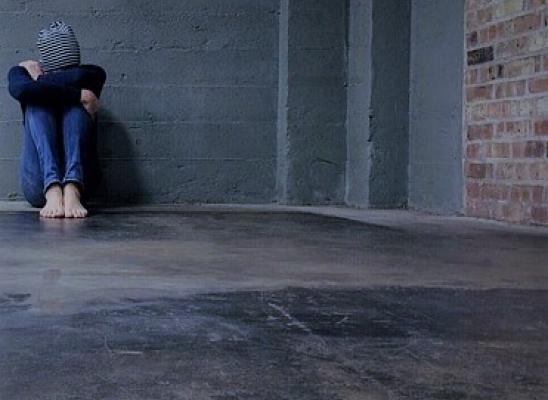Are BFRBs more like tic disorders or OCD?

Online test
Find out the severity of your symptoms with this free online test
The quest for solid, evidence-based treatment for body-focused repetitive behaviors (BFRBs) continues. Within that quest is the search for the neurological mechanisms of BFRBs like trichotillomania because if a neurological process can be identified, then a chemical or behavioral intervention can also be identified to fix it.
One way to identify neurological processes is to compare one condition to another for which more research exists. Historically, BFRBs have been ignored, considered bad habits and in the most recent version of the Diagnostic and Statistical Manual of the American Psychiatric Association, on the continuum of obsessive-compulsive disorders. People with Parkinson’s disease and dementia sometimes develop BFRBs as these conditions progress. Both are degenerative brain diseases, where the brain slowly loses function over time because parts of the brain just stop working. In these cases, people who never had BFRBs suddenly develop repetitive behaviors. These repetitive motor behaviors also exist in people with tic disorders. Tic disorders fall into the category of neurological, motor malfunctions perpetuated by impulse control problems. Verbal tics are known as Tourette’s syndrome, but there are others that include various muscle groups and repetitive actions. Behaviors for people with trichotillomania can be either focused or automatic. Some people report feeling the compulsion to pull after which they experience some form of relief, yet others report automatic pulling that they do outside of their awareness. So which is it? Is trich a product of obsessions and compulsions on an uncontrollable motor response?
Let's hear from the research
Research attempts to answer that question. One 2016 study evaluated a group of 89 children and adolescents ages 5-17 years old with OCD, trich, and tic disorders to see if children with trich are more like children with OCD or tic disorders (1). Researchers measured levels of anxiety, depression, and behaviors as reported by the participants and their parents. Youth with tics and trich reported fewer physical symptoms of anxiety or depression and fewer internalizing, externalizing, or thought problems while those with OCD reported high levels of these. The OCD group reported the highest levels of anxiety and depression to the point where the authors described the difference as significant. Children with OCD also demonstrated significantly higher impairment regarding externalizing symptoms, attention difficulties and through problems implying that OCD has a greater cognitive component than trich or tic disorders. In the end, the study revealed that children with trich resembled those with tic disorders than they did OCD.
The researchers also mentioned therapies. One of the most common therapeutic interventions used to help people with trichotillomania is habit reversal training. Habit reversal training was originally developed for tic disorders and focuses more on the physical and motor behaviors rather than focusing on thoughts and how they relate to behavior whereas therapy for OCD uses a lot of cognitive behavioral techniques such as figuring out how a person’s cognitions or thoughts developed into obsessions which drive compulsive behavior.
Another method of therapy used with people who have tic disorders called the cognitive–psychophysiological (CoPs) model has been shown effective for treating BFRBs. In a study of the effectiveness of CoPs treatment with people with tic disorders and BFRBs, a majority of the BFRB participants had a trich diagnosis (2). The CoPs treatment model assumes that the repetitive behavior or tic is a release of muscle tension in reaction to triggers as part of a general regulation system which uses sensorimotor functioning to increase or decrease muscle tension. The therapy uses some techniques of habit reversal therapy but adds a dimension of building self-awareness not only of thoughts but physical sensations that lead up to repetitive behaviors. Then, multiple techniques including muscle discrimination, relaxation, cognitive and behavioral restructurings help a person use other responses. This treatment intervention takes 14 weeks.
This study not only looked at the CoPs model of treatment, but it also used brain imaging to see if both groups showed activity in the same brain areas. The general regulation system of the brain monitored in the study was the supplementary motor area (SMA) which has been observed as overactive in people with tic disorders. Previous research showed thinner gray matter and impairment in its function which was more severe in people with more severe tic disorders. 
The CoPs model is used to treat tic disorders with general success, but does it work for people with BFRBs? Results from this study indicate it does. Imaging done before the intervention showed similar brain impairments in both groups and found that after CoPs therapy, both groups showed similar modifications. Both groups showed significant reductions in behaviors following CoPs therapy with the BFRB group improving more than the tic disorders group.
People with trich experience it in many different ways and it may not matter if trich is closer to tic disorders or OCD. However, what does matter is that research is providing more information leading to more options for treatment. With more treatment interventions that focus on multiple types of behaviors, people with trich will have more options for treatment that can be tailored to the way they experience trich. Therefore, research inspires hope.
References
- Rozenman, M., Peris, T. S., Gonzalez, A., & Piacentini, J. (2016). Clinical characteristics of pediatric trichotillomania: Comparisons with obsessive-compulsive and tic disorders. Child Psychiatry & Human Development, 47, 124-132. https://www.semanticscholar.org/paper/Clinical-Characteristics-of-Pediatric-Comparisons-Rozenman-Peris/8e425876b879aca281961aead95512d9935e7ed1
- Morand-Beaulieu, S., O’Connor, K. P., Richard, M., Sauve, G., Leclerc, J. B., Blanchet, P. J., & Lavoie, M. E. (2016). The impact of a cognitive-behavioral therapy on event-related potentials in patients with tic disorders or body-focused repetitive behaviors. Frontiers in Psychiatry, https://www.frontiersin.org/articles/10.3389/fpsyt.2016.00081/full
Online test
Find out the severity of your symptoms with this free online test
Start your journey with TrichStop
Take control of your life and find freedom from hair pulling through professional therapy and evidence-based behavioral techniques.
Start Now



